I am trying to create a proof-of-concept using where2getit and I have the following sample URL for Wafflehouse
http://hosted.where2getit.com/wafflehouse/indexnew.html
When I view in three different device modes:
- Desktop browser (Safari or Chrome tested)
- Android Mobile browser (Azpen / Acer mini-tablet running Jelly Bean)
- notice the redirection to mobile....
- Android Native App in a WebView as URL or data; URL only, iFrame w/ src
The images that I get are as follows:
1. 
2. 
3. 
The code in the HomeActivity is:
public class HomeActivity extends Activity {
private static final String TAG = "HomeActivity";
private static final String URL_LOADING = "http://mobile.where2getit.com/wafflehouse/indexnew.html";
private static final String HTML_BODY = "<html>" + "<body>"
+ "<iframe id='content' src='http://hosted.where2getit.com/wafflehouse/indexnew.html' margin='5%' width='80%' height='80%'/>"
+ "</body>" + "</html>";
private static final String MIME_TYPE = "text/html";
private static final String ENCODING = "utf-8";
private WebView mWebView;
private MdWebChromeClient chromeClient;
@Override
protected void onCreate(Bundle savedInstanceState) {
super.onCreate(savedInstanceState);
setContentView(R.layout.activity_home);
mWebView = (WebView) findViewById(R.id.webWhere2GetItIFrame);
chromeClient = new MdWebChromeClient();
mWebView.setWebChromeClient(chromeClient);
mWebView.getSettings().setCacheMode(WebSettings.LOAD_NO_CACHE);
mWebView.getSettings().setAppCacheEnabled(false);
mWebView.clearCache(true);
mWebView.getSettings().setBuiltInZoomControls(true);
mWebView.getSettings().setJavaScriptEnabled(true);
// mWebView.addJavascriptInterface(new MdJsObject(), "injectedObject");
mWebView.loadDataWithBaseURL("http://hosted.where2getit.com", HTML_BODY, MIME_TYPE, ENCODING, "");
// mWebView.loadUrl(URL_LOADING);
}
@Override
public boolean onCreateOptionsMenu(Menu menu) {
// Inflate the menu; this adds items to the action bar if it is present.
getMenuInflater().inflate(R.menu.home, menu);
return true;
}
final class ClickOnCallbackScript {
private View mHandler;
ClickOnCallbackScript() {
}
public void clickOnAndroid() {
mHandler.post(new Runnable() {
public void run() {
Log.d(TAG, "\t\tC L I C K . . .");
// mWebView.loadUrl("http://www.mobidawg.mobi/m/products/wethepeople/index.html");
}
});
}
}
}
Epilog
I am thinking that the problem may be related to properly using an IFRAME in a WebView; or a callback that I do not know how to detect and handle. I also believe the solution is simple and others have dealt with it.
If you can offer some thoughts for discussion, then an answer will likely will emerge.